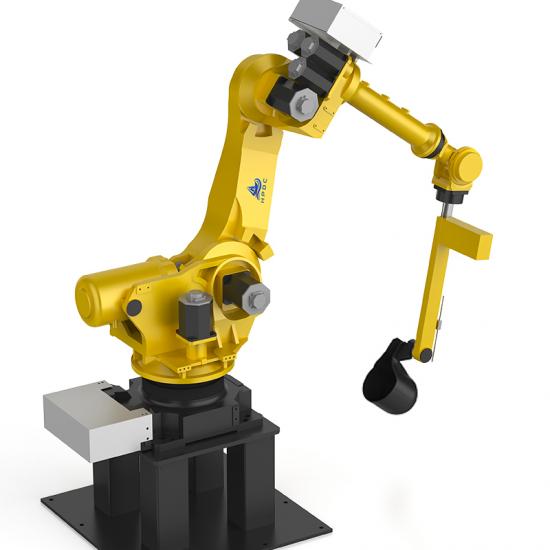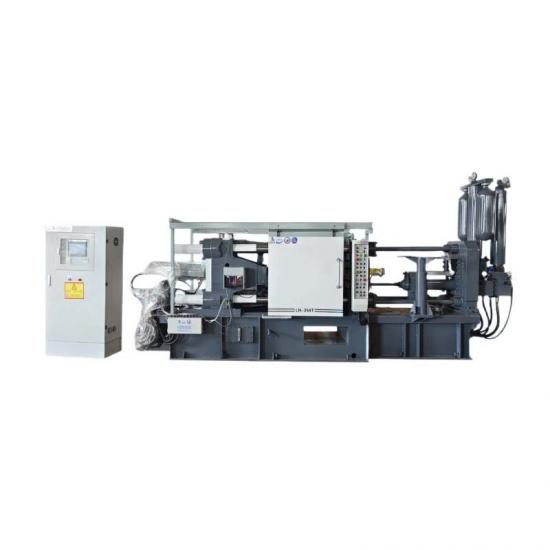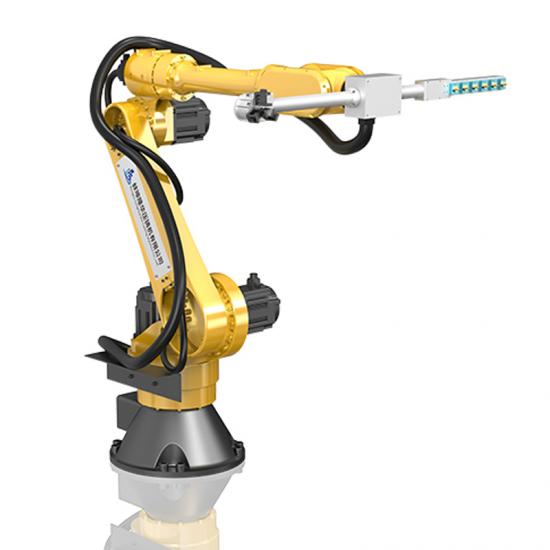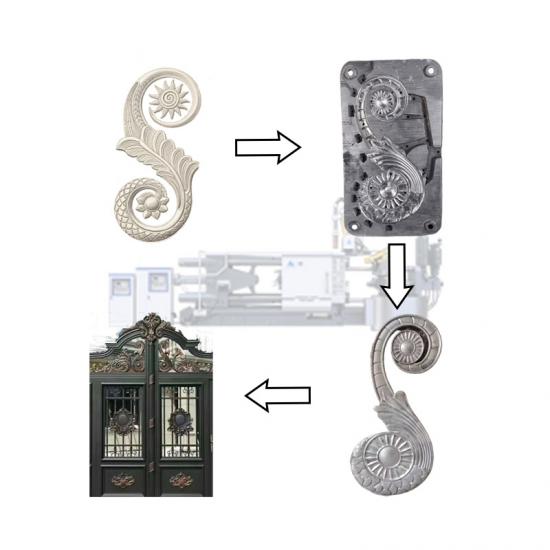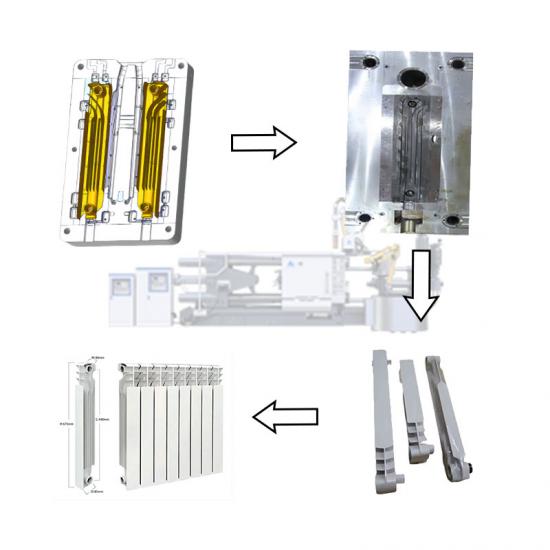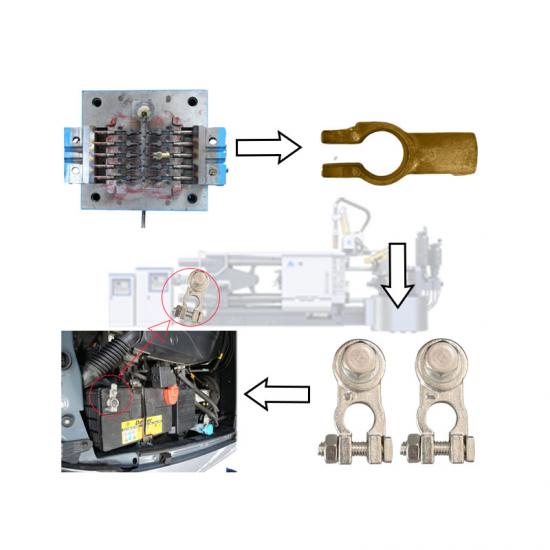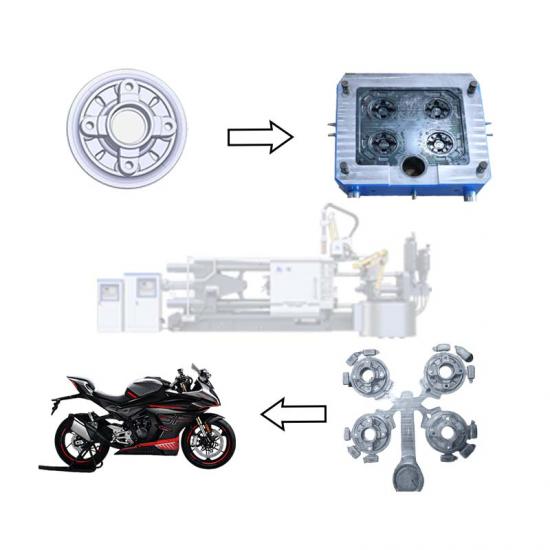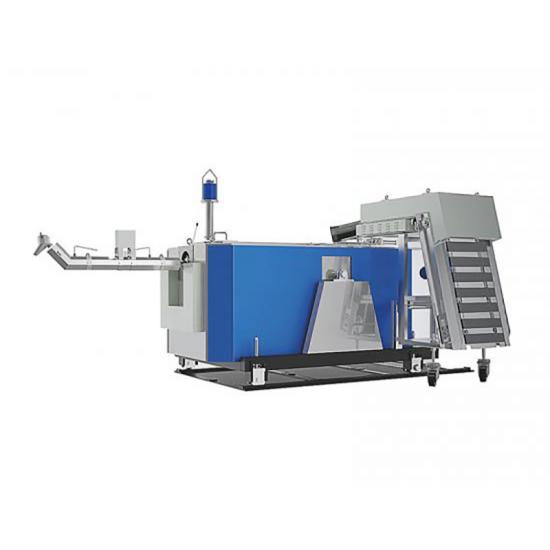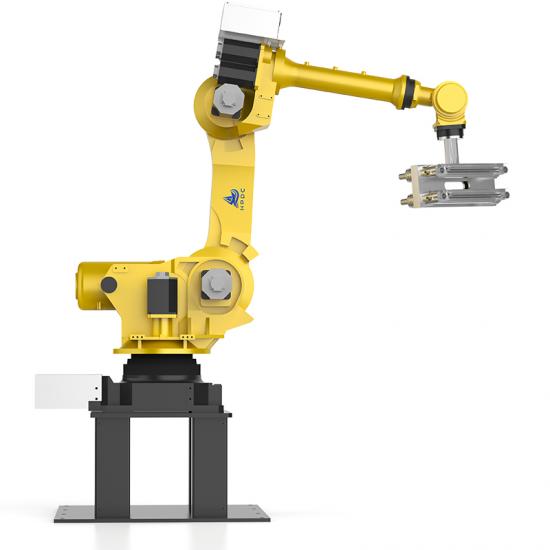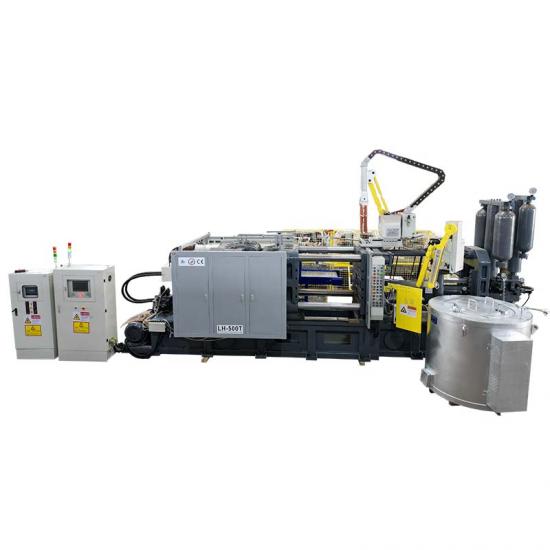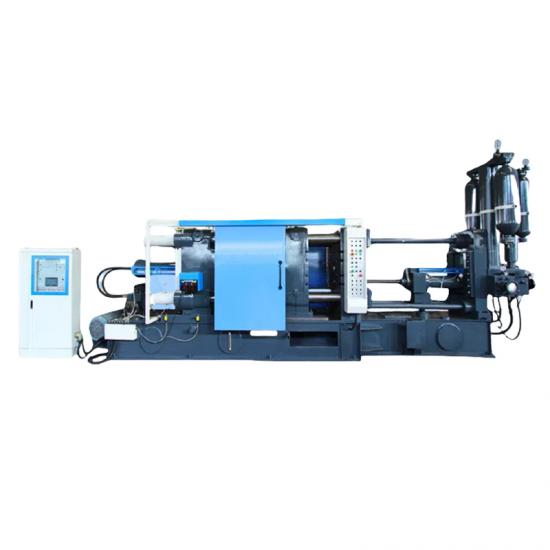1. Temperature
Recommended crucible temperature: 415-430℃. For thin and complex zinc alloy parts, the temperature can be taken to the upper limit. But do not exceed 430℃. Too high temperature can easily lead to; aluminum and magnesium in zinc alloy will be lost; oxide and Fe content will increase, resulting in more slag.
Temperature observation with naked eye:
a. If the molten liquid is not too viscous and clear after scraping the slag, and the slag is not very fast, it means that the temperature is appropriate.
b. If the molten liquid is too viscous, it means that the temperature is too low.
c. After scraping the slag, a layer of white frost will soon appear on the liquid surface, the zinc liquid will turn red, and the slag will be too fast, indicating that the temperature is too high and should be adjusted in time.
After the furnace has been used for a long time, the temperature display may have errors. It is recommended to use a temperature probe to directly detect the zinc liquid.
2. Alloy preheating
Alloy preheating can evaporate the water vapor remaining on the alloy to avoid the risk of explosion: At the same time, it can also reduce the temperature fluctuation caused by the material setting and try to ensure the consistency of process parameters. The alloy ingot can be placed at the furnace for preheating.
3. Alloy feeding
If conditions permit, alloy feeding should be as small as possible and fed multiple times, which can also reduce the temperature fluctuation caused by feeding and ensure the consistency of process parameters as much as possible.
4. Centralized melting
Centralized melting can ensure the consistency of alloy liquid temperature and composition as much as possible.
5. Peripheral tools
Avoid contact between iron tools and zinc liquid to avoid increasing the iron content. Stainless steel tools can be used.
6. Impurities
Try to avoid adding some dust, sand and other debris on the ground to the crucible together with the material head. Impurities will be generated, resulting in poor electroplating.
Those with sawing machines or grinders should pay more attention. The iron powder, iron sand and stainless steel cutting powder inside should not be poured into the crucible, which will cause poor electroplating and pimples.
If there is such a situation, it is best to isolate it from the die-casting machine workshop to avoid unnecessary trouble.












